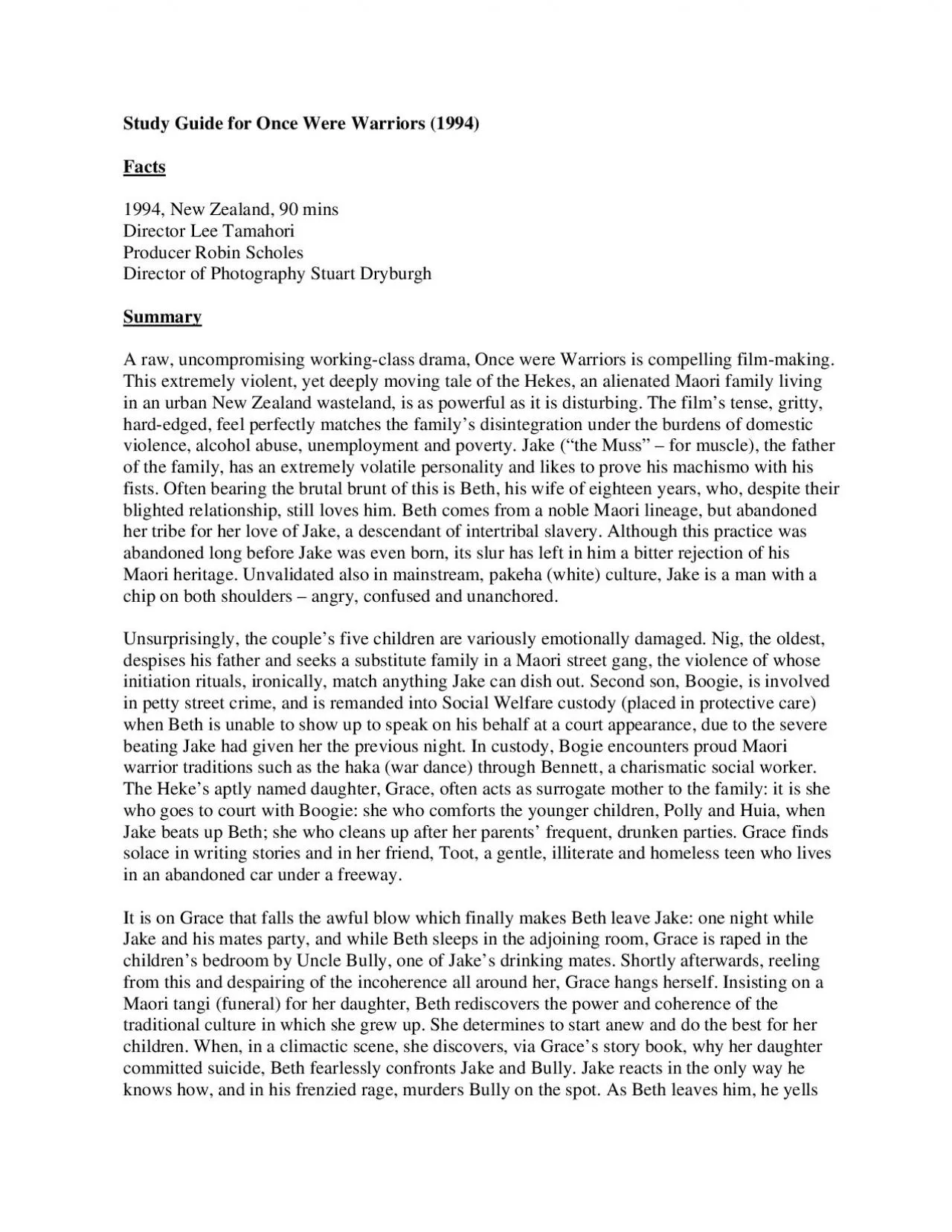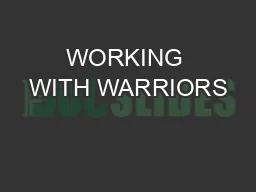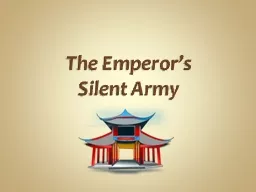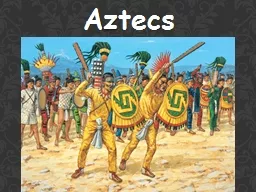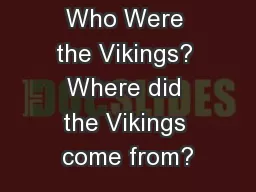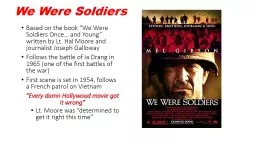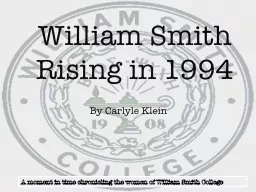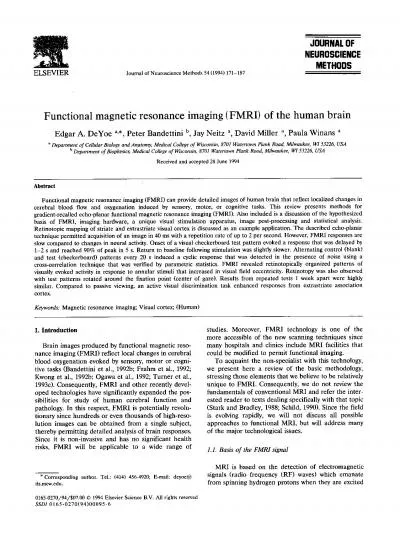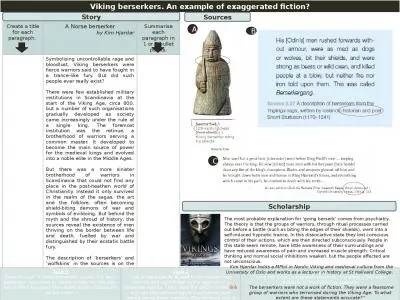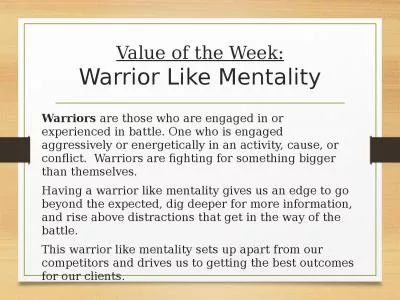PDF-Study Guide for Once Were Warriors 1994
Author : priscilla | Published Date : 2021-06-13
1994 New Zealand 90 mins Director Lee Tamahori A raw uncompromising workingclass drama Once were Warriors is compelling filmmaking This extremely violent yet deepin
Presentation Embed Code
Download Presentation
Download Presentation The PPT/PDF document "Study Guide for Once Were Warriors 1994" is the property of its rightful owner. Permission is granted to download and print the materials on this website for personal, non-commercial use only, and to display it on your personal computer provided you do not modify the materials and that you retain all copyright notices contained in the materials. By downloading content from our website, you accept the terms of this agreement.
Study Guide for Once Were Warriors 1994: Transcript
Download Rules Of Document
"Study Guide for Once Were Warriors 1994"The content belongs to its owner. You may download and print it for personal use, without modification, and keep all copyright notices. By downloading, you agree to these terms.
Related Documents

